
America’s deep, dark history of exploiting other countries and their cultures is so embedded in the fabric of its society that even though it has progressed, it’s still battling the remnants of those unethical values. Maegan Houang, who is no stranger to DN’s pages, tackles the USA’s exploitation of Asian immigrants specifically in her latest short Astonishing Little Feet by looking at its genesis. She takes real-life figure, Afong Moy, the first documented Chinese woman to come to the United States, and portrays an encounter she has with the men who have separated her from her family. It’s a subtle, visually fascinating depiction of the early seeds of cultural exploitation, the fruits of which are still being felt today. DN joined Houang once again to learn more about her short, talking through its journey from being a potential VR project, the challenges of sourcing the finances to get it made, and the stunning VFX work that went into creating its powerful final moments.
What was the seed of this story? Had you read about this point in history?
In 2018, I picked up The Making of Asia America by Erika Lee and read a single line about Afong Moy that sparked my imagination. I’d never learned about her existence in school, even after four years of college and two years of graduate school. As Asian Americans, we can be so divorced from our own history, in large part because so many of our parents are recent immigrants. But Asian Americans have been in the Americas for a long time and it’s essential we understand how those past experiences impact our lives in the Western world today.
If the first time most Westerners met an East Asian woman was to pay to gawk at her small feet, then there’s a certain expectation that exists within our historical subconscious about how Asian American women should and can behave. It’s not simply the idea that she was treated like a zoo animal, modern Western culture did that to many, many ‘exotic’ minorities, but it’s also the way in which she was put on display, barely able to walk due to her bound feet, a largely disabling practice. Her inability to move, in addition to her reliance on the men for food and shelter, made her submissive to her audience’s demands as her captors profited from people coming to stare at her foot, a well-known fetish. She was made into a hyper-sexualized commodity, something that we’ve seen repeated in films like Full Metal Jacket or the subtle ways in which people expect Asian American women to be quiet, but also really into sex.
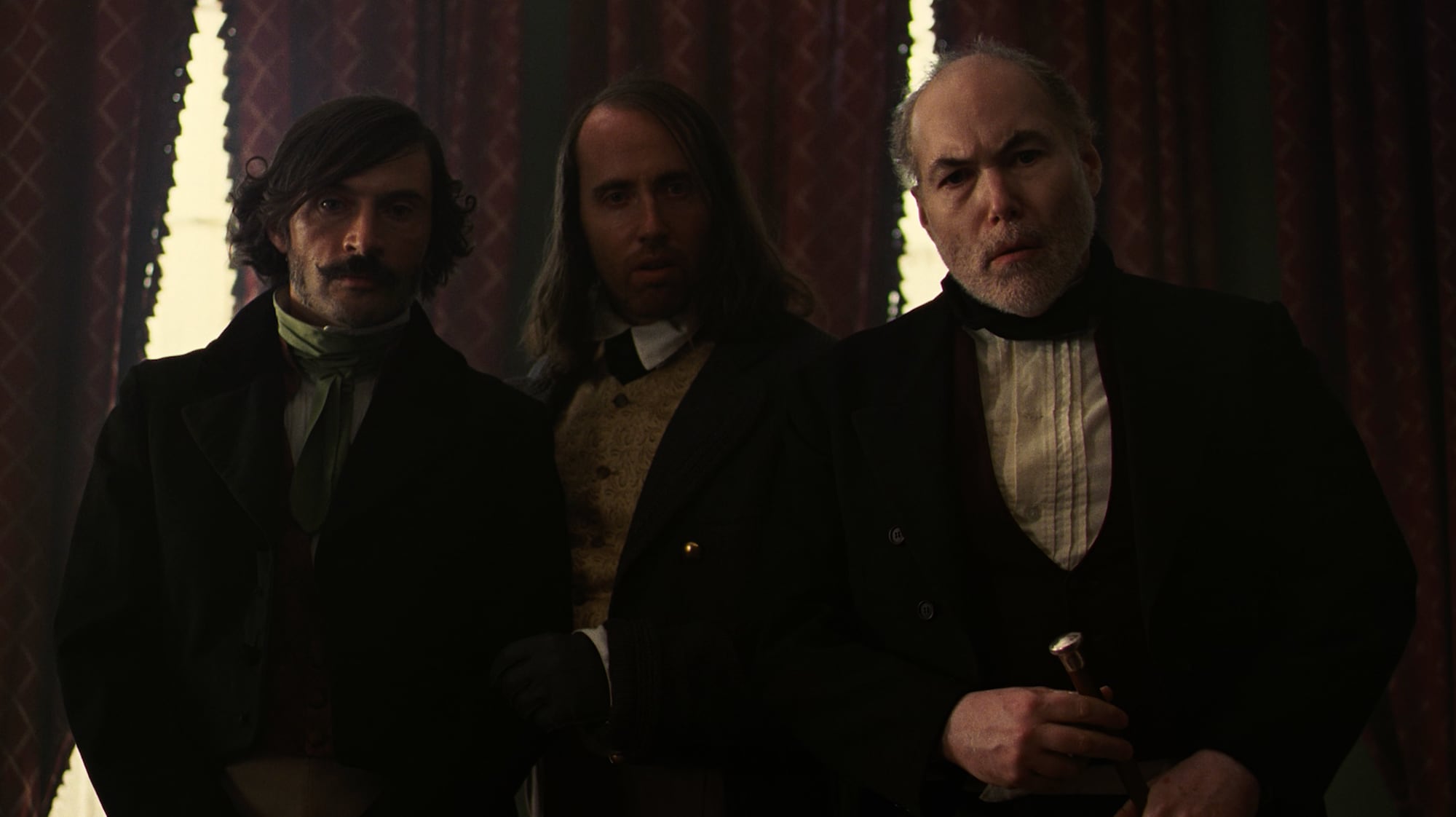
Where and how do you see the relevance of her story today?
When I read her story, I drew parallels between her story and my own existence. I directly linked, fairly or not, the way I felt objectified as a femme Asian American teenager to her life as the first documented Chinese woman to come to the United States. If this is how people in the United States first witnessed an Asian woman, then it laid a foundation in our historical subconscious for how Westerners view Asian women today. As an adolescent, I internalized how young, mostly white, men saw me as ‘something wrong with me’, as though it was my own fault.
History has taught me so much, but I also do my best to remember there are limits to how much it defines my present reality.
I wanted to make something for my teenage self, something that said, part of the exotification you feel and the pain that comes from it has nothing to do with you, some of it is structural. Like Afong Moy, I had no control over how these young men saw me. There was nothing I could change. And yet I also lived a very different, far more privileged life. I wasn’t taken from my home as a young girl across the world to be used as a marketing tool for strange merchants I didn’t understand. As much as I feel a connection with Afong Moy and her tragic existence, I also recognize how much over the past 200 years has changed. History has taught me so much, but I also do my best to remember there are limits to how much it defines my present reality.
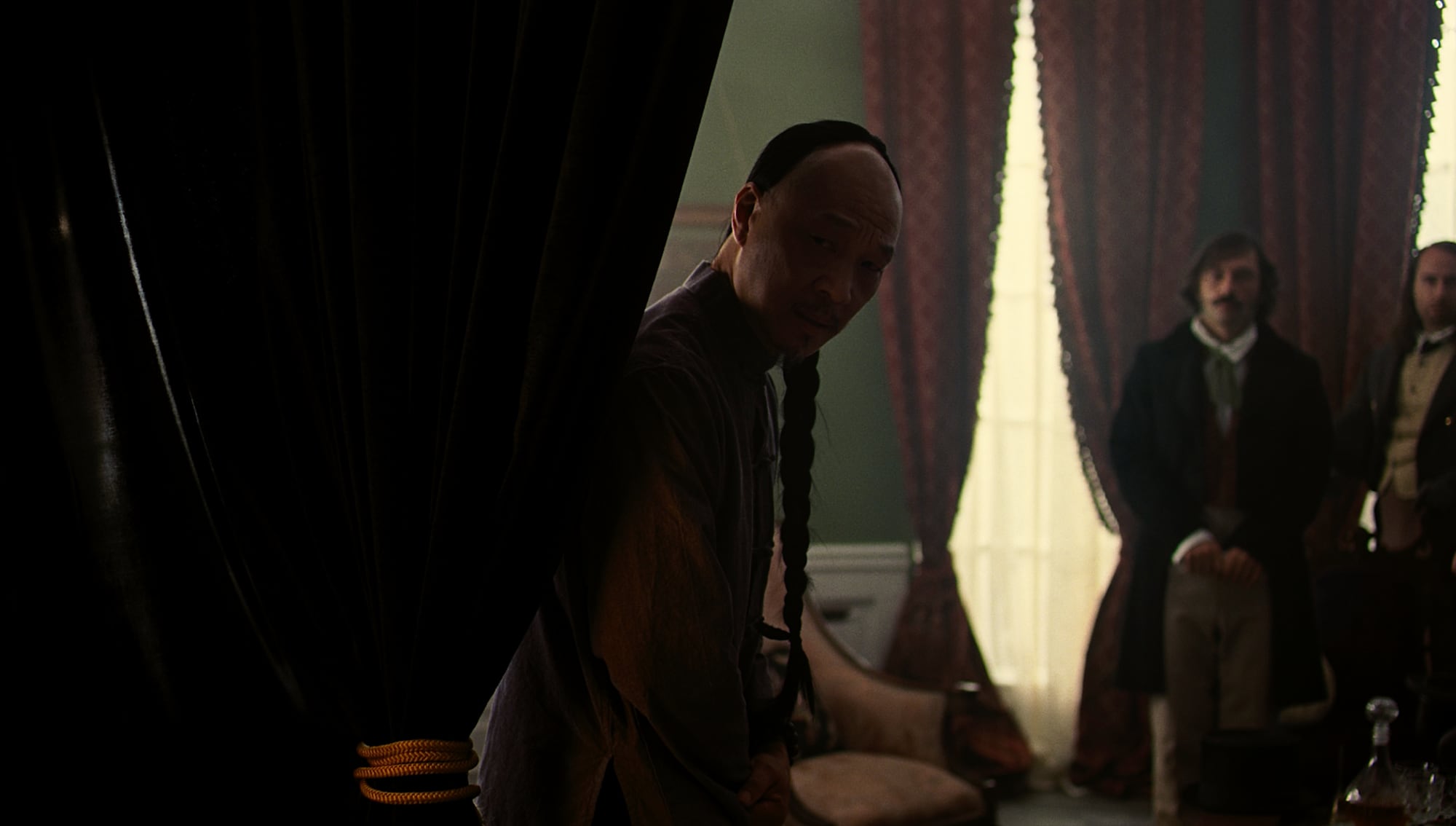
At what stage did you decide to translate Afong May’s story into a project?
I first conceived of this project as a VR exhibition that placed the user as part of the audience who paid to see Afong Moy, but I couldn’t find the funding to make it happen so I pivoted to making it a short film. In making the film, I still wanted to maintain a sense of audience participation, even though we could no longer replicate the experience via VR. One of the most incredible things about film is the ability to switch POV, which is why I wanted to experiment with shifting between both Afong Moy and the men’s points of view. I believe most people are voyeuristic and that for most people watching the film, they, like the men, also want to see her foot.
It’d be easy to make this film from Afong Moy’s perspective because it’s much easier in life to identify as the victim rather than the perpetrator. But in reality, no matter who we are, we are all capable of harm, even if we don’t mean it. Part of that is due to our current societal structure and our need to make money in order to survive. Some of it is perhaps simply due to human nature. I don’t purport to know the answer, only to observe that in order to reduce harm in our society we need to be willing and able to understand that we ourselves are also capable of perpetuating it.
It’d be easy to make this film from Afong Moy’s perspective because it’s much easier in life to identify as the victim rather than the perpetrator.
How were you able to source the financial base of the film?
I wrote the script for the short film in 2019, but per usual, it took time to find funding. I applied to various short film grants and programs, but it was only when my friend Brooke Baker sent it to LA-based artist Glenn Kaino in 2021 that the project came together. He believed in the project from the beginning. Through Visibility, IF Innovation Foundation and RTM Curatorial, Glenn, Lauri Firstenberg and Elaine Sir put together the financing to make it happen.
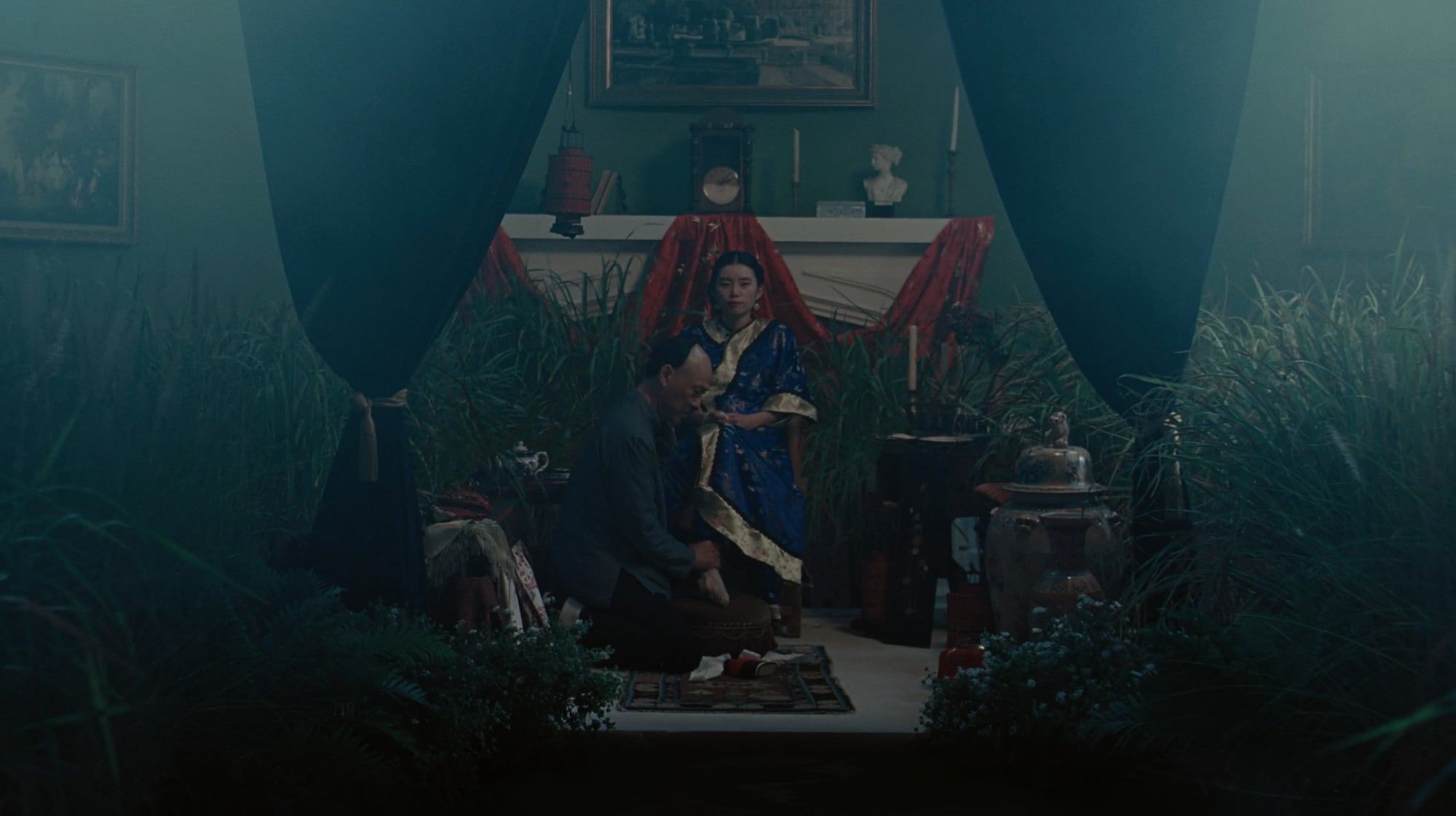
Once funding came together, how quickly were you into production?
We had to put the production together pretty quickly and it hinged on finding an actress and actor who could speak Cantonese. I was lucky enough that my friend Jes Vu at CAPE introduced me to Celia Au and Casting Director Tanya Giang to put the project together. Celia asked her friend Perry Yung to join the film and we’re so lucky he agreed.
What challenges did you face designing the location and creating the set?
Glenn kindly lent us his studio, a former warehouse, to shoot. We always wanted to build the set to achieve the final tracking shot, which we knew would play better if we were able to move the walls and move outside the space. Shooting at Glenn’s warehouse allowed that because as a donated location, we had enough pre-production time to put together the set and pre-light it. Our ingenious Production Designer Terry Watson brought in a recycled Oval Office set, the most period accurate, recycled set we could find, which her team repainted and revamped.
We participate in her objectification, even if we abhor it because to me that’s often the sad reality, none of us can escape.
How many shooting days did you have?
We shot the film over three days, and on the final day, I learned my mother had stage IV cancer before the shoot. The last day was difficult, and distracting. I honestly don’t remember much of it. It then took the Editor Gus Spelman and I a little longer to complete than we both hoped as I navigated going back and forth between Los Angeles and Michigan.
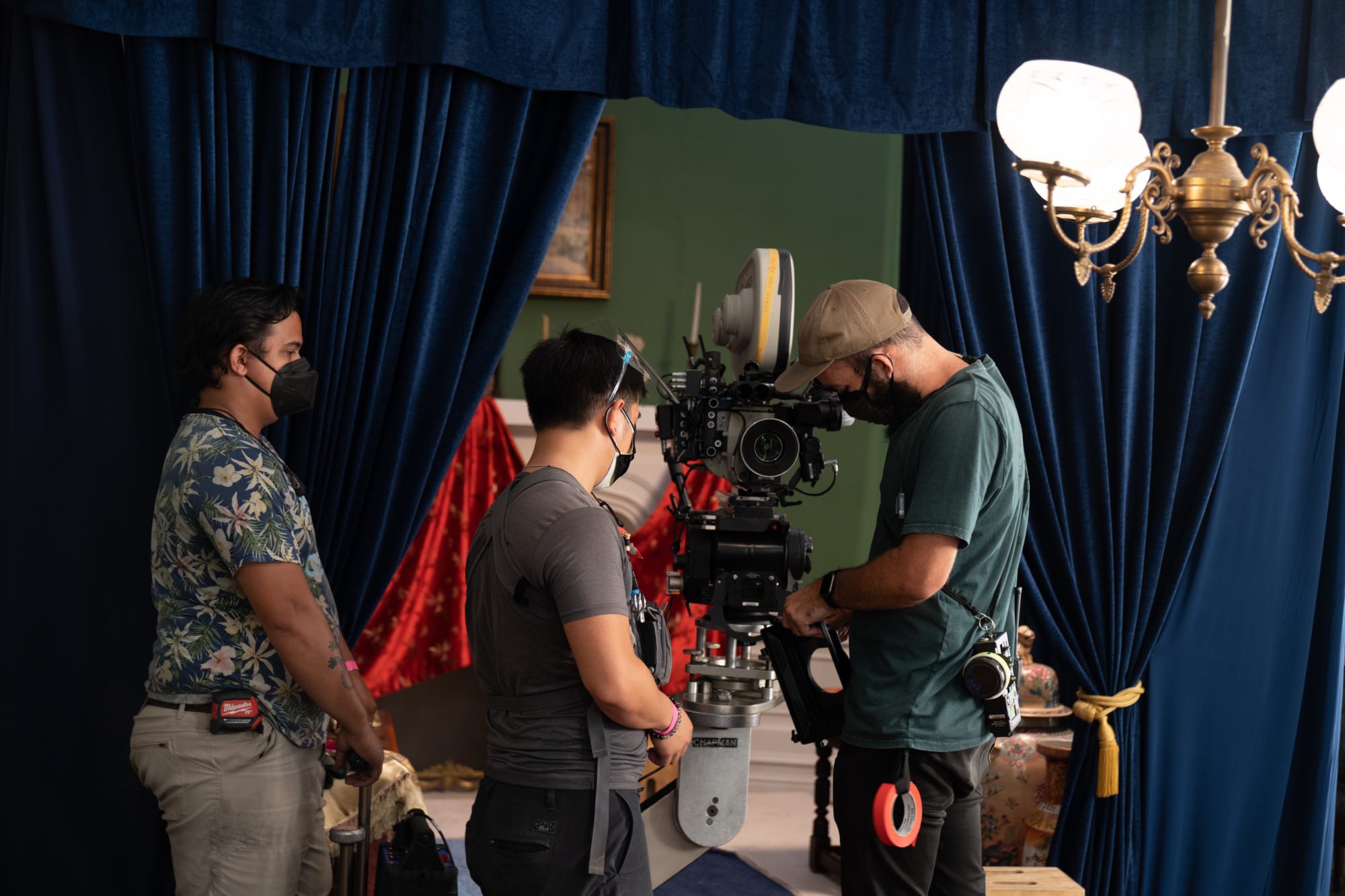
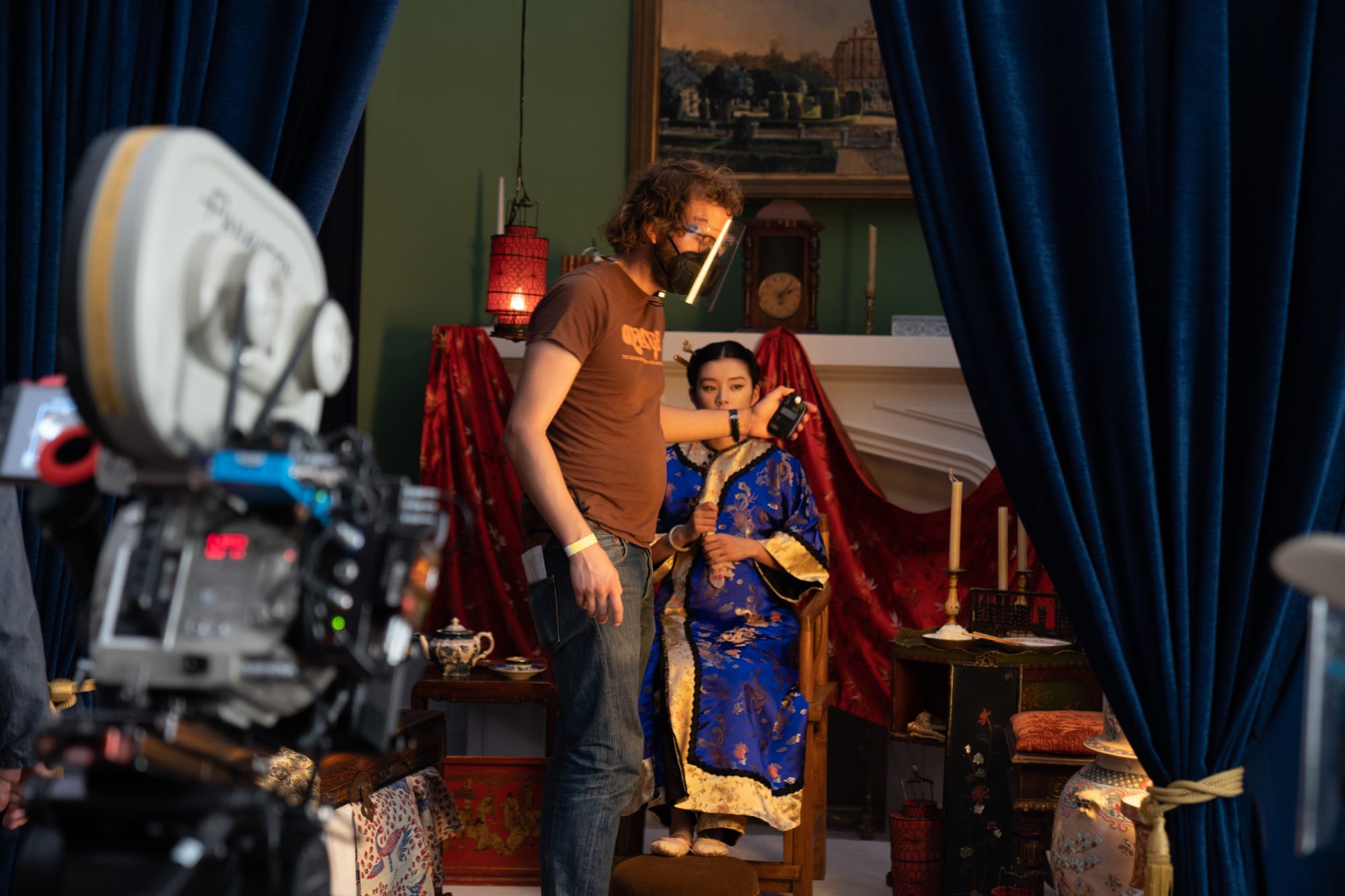
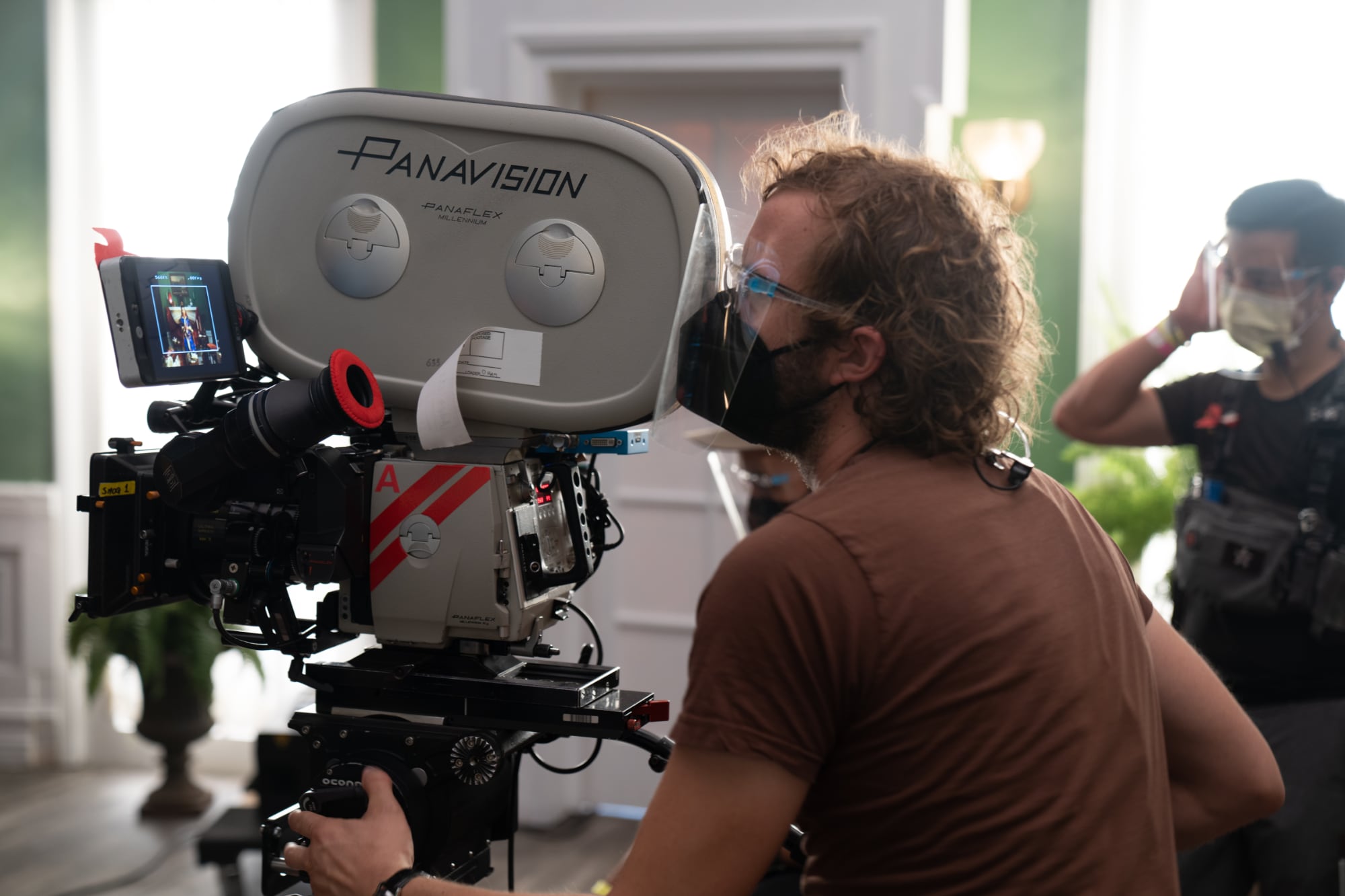
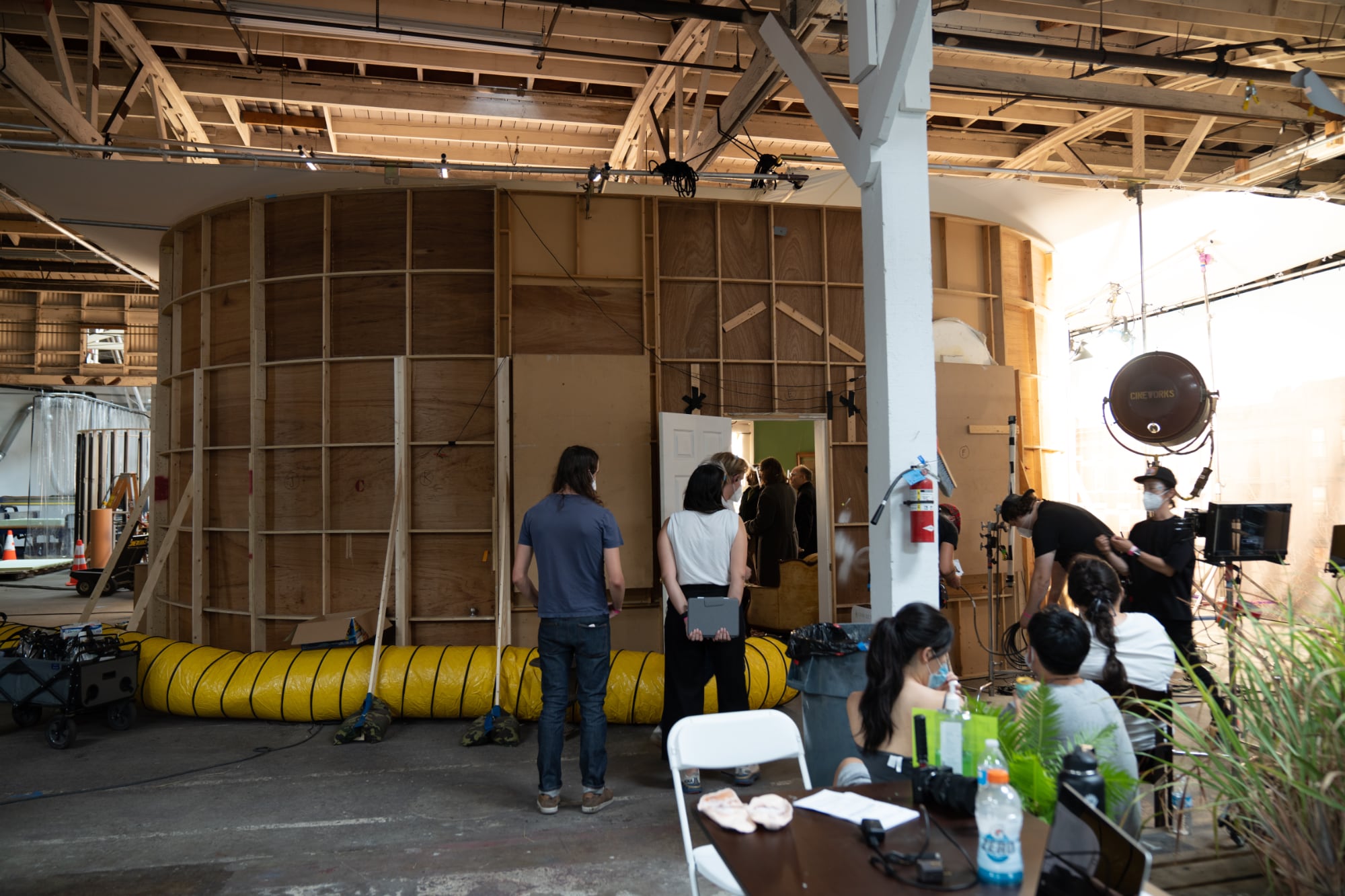
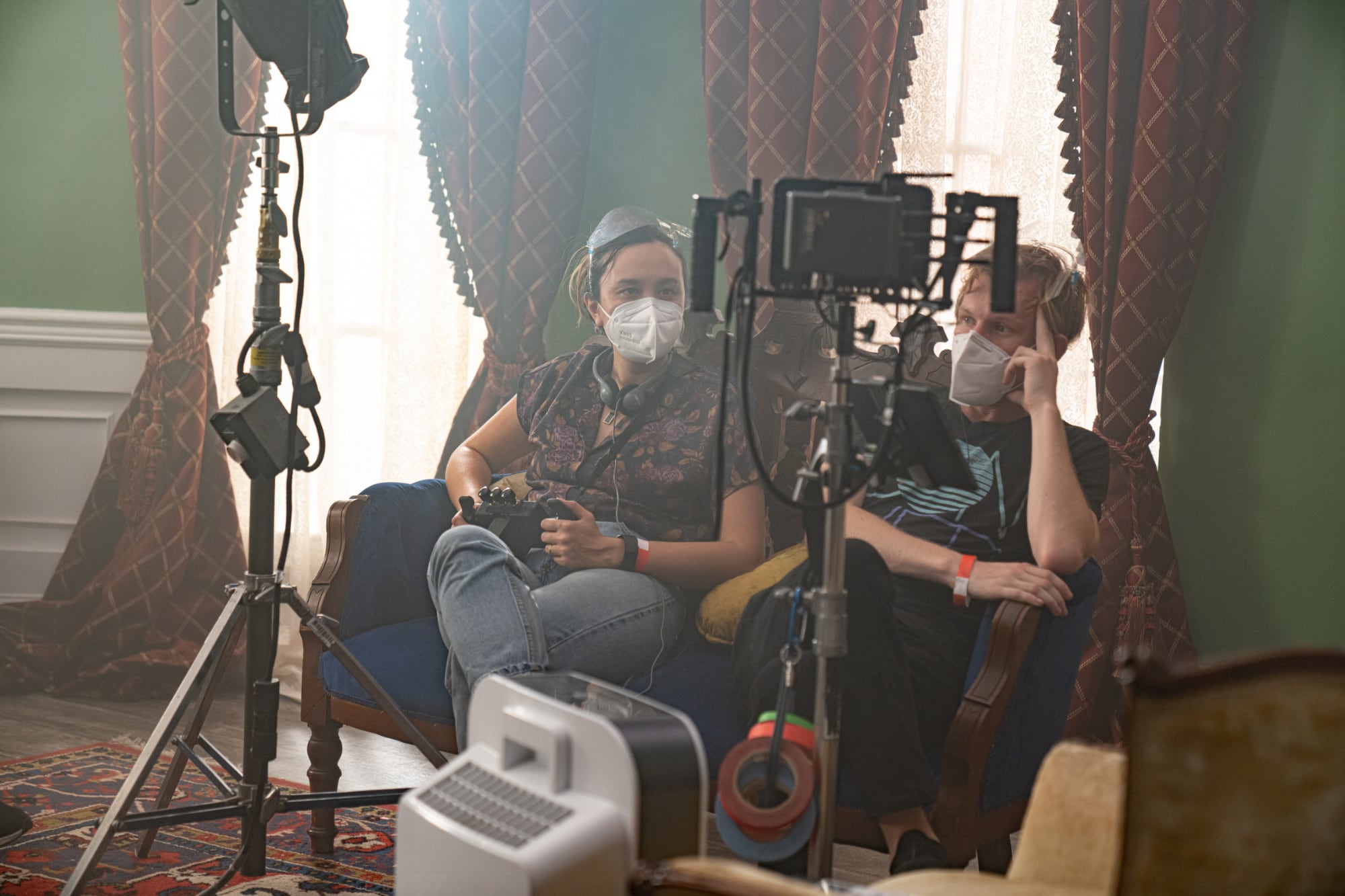
I wanted to ask about the visual construction of those final shots, how did you achieve those?
Jeff Desom did an incredible job on the VFX for the second to last shot, the tracking shot that pulls out as the space transforms. We had practical plants that moved into frame, but the timing didn’t quite work, so he animated new plants that come in a bit more slowly. He truly did a phenomenal job and perfectly sold the effect that we move from reality into her mind. Completely dissociated, she’s no longer present with the men. But even though she wants to go back home, back to the water and the reeds of her lost childhood, she’s also in a new country, a new place with a new life. At the end, she looks at the camera to address the audience directly as a reminder that we all watched this and no matter how uncomfortable, there’s a small part of each and every one of us that wanted to see it. We participate in her objectification, even if we abhor it because to me that’s often the sad reality, none of us can escape.
Can you tell us anything about what you’re working on now?
Yes! I can share that I wrote Nekrokosm for Panos Cosmatos to direct. I am also developing a movie based on Afong Moy’s life. Thank you for asking!


